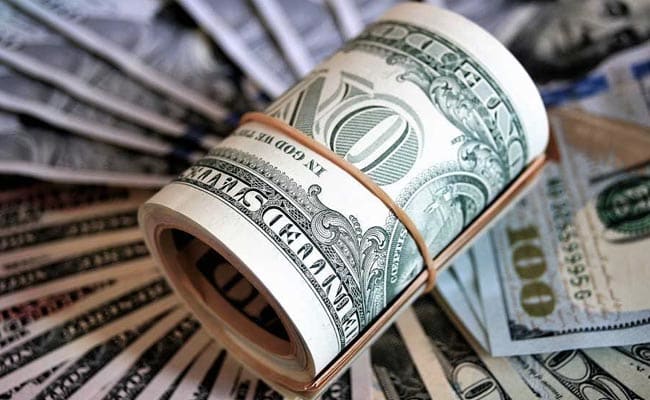The dollar edges up as Middle East tensions escalate and major central banks in Europe leave interest rates unchanged.
Iran and Israel carry out more airstrikes, raising concerns of a wider conflict and possible U.S. involvement, which supports demand for safe-haven assets like the dollar.
The Federal Reserve holds interest rates steady and signals two rate cuts may come later this year. Fed Chair Jerome Powell says inflation in goods may rise during summer as tariffs take effect. He adds that some of the cost will be passed on to consumers.
The Fed has now kept rates unchanged for six months.
The Bank of England also holds rates steady, citing uncertainty and inflation risks. The Swiss National Bank cuts its key rate, while the Norges Bank surprises markets by cutting its policy rate by 25 basis points.
The dollar and euro both gain 1% against the Norwegian crown.
The dollar index stays flat at 98.9 but is on track for its strongest weekly gain since February. The dollar rises 0.2% against the yen to 145.56 and the euro slips 0.1% to $1.1473. The Swiss franc strengthens after the SNB’s rate cut. The Norwegian crown remains one of the top-performing major currencies against the dollar in 2024, up about 11% year to date.
U.S. markets are closed for the Juneteenth holiday, limiting trading volumes. Some traders expect the Fed to remain on hold through summer, with the October meeting seen as a possible date for the next move. Former President Donald Trump posts that U.S. rates should be 2.5 percentage points lower.























